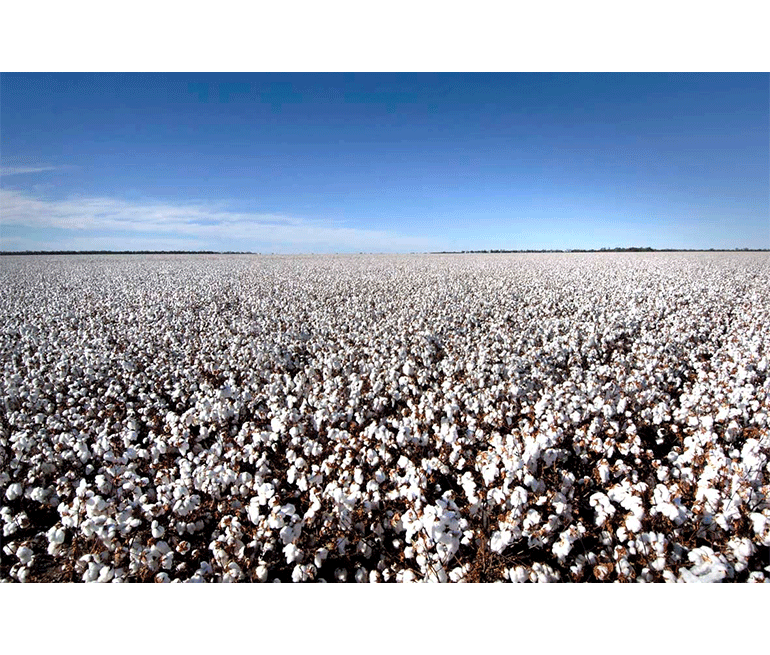Australian cotton tipped for second best year on record

After years of drought, Cotton Australia is forecasting the industry’s second largest crop on record due to favourable conditions across most of Australia’s cotton growing regions.
Cotton Australia CEO Adam Kay said substantial rain late last year and early this year have growers optimistic, and if good conditions continue, a crop of around 5.2 million bales is possible.
The drought-impacted 2019-20 yield was less than 590,000 bales and that was the worst result in recent history. That was followed last year with a yield of 2.8 million bales.
Cotton Australia CEO Adam Kay said some regions haven’t had enough rain and others have suffered severe flooding, but the majority of growing regions have benefitted from warmer temperatures, good rain and manageable pest issues.
“It goes to show how diverse our cotton growing regions are with some farmers separated by thousands of kilometres. But what is clear is that most of Australia’s 1500 growers are busy preparing for a good year and hoping they can find staff to help them through to harvest.”
While the yield per hectare can also vary significantly, particularly with dryland and irrigated cotton, some are forecasting 12-14 bales a hectare under irrigation. Good results are also expected in dryland areas because of the rain and natural conditions this year.
Mr Kay said if all goes to plan cotton growers contribution to the national economy will also be impressive in 2022.
“We are seeing cotton futures trading at more than $700 a bale and with strong global demand for quality cotton combined with low levels for sale in the US and China, the upward pressure on price is expected to continue.”
Mr Kay said the National Farmers Federation was leading the push for Agriculture to generate $100 billion in export value.
“Cotton is certainly playing its part in that push, and on current levels we should double the value of our cotton exports from around $2 billion last year to $4 billion this year. With the industry focused on developing new markets and with cotton growing emerging in North Queensland, the Northern Territory, and Western Australia, that export value should continue to grow.
“The vast majority of our farmers, around 90%, are family growers and when they have a good year they invest in their farms and spend money in their local community and that’s a massive boost for rural and regional Australia.”
Australian cotton has a reputation for being among the best quality sustainable cotton grown anywhere in the world and the 2021 crop sold out despite the soft ban on our cotton from China.
“Many of our farmers have already secured contracts for their 2022 cotton on the futures market and with new market development work funded by the Federal Department of Agriculture under the ATMAC program, we expect to sell every bale we produce again this season,” Mr Kay said.
